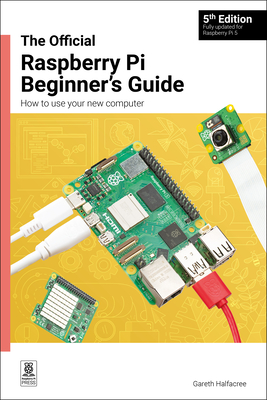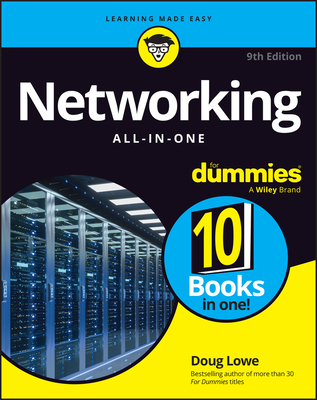Oracle 11g Real Clusters for Administrators Training in Akron
|
We offer private customized training for groups of 3 or more attendees.
|
||
Course Description |
||
| This hands-on course teaches students all aspects of Oracle 11g RAC administration. Students will begin with a solid foundation in Oracle Clusterware and RAC architecture. Students will then install and configure both Clusterware and the database software, as well as cover the administration of both pieces of software using command line utilities. Important topics such as failover, flashback, and backup and recovery are all covered in detail. Students will get hands-on experience with Automatic Storage Management. The course ends with troubleshooting and tuning a RAC system.
Course Length: 5 Days
Course Tuition: $2250 (US) |
||
Prerequisites |
|
| Oracle 11g Database Administration and at least 6 months of administration experience recommended. | |
Course Outline |
|
Cluster Architecture
Oracle Clusterware
Installing DB Software and Creating a RAC Database
RAC Database Architecture
RAC Instance Management
RAC Database Identical Parameters
Managing Oracle Clusterware
RAC Utilities
Services
Failover
RAC Backup and Recovery
Cluster Management
Automatic Storage Management
Creating an ASM Instance
ASM Backup, Recovery, and Migration
RAC Troubleshooting
RAC Tuning
Appendix – Preparing a RAC Node |
Course Directory [training on all levels]
- .NET Classes
- Agile/Scrum Classes
- AI Classes
- Ajax Classes
- Android and iPhone Programming Classes
- Azure Classes
- Blaze Advisor Classes
- C Programming Classes
- C# Programming Classes
- C++ Programming Classes
- Cisco Classes
- Cloud Classes
- CompTIA Classes
- Crystal Reports Classes
- Data Classes
- Design Patterns Classes
- DevOps Classes
- Foundations of Web Design & Web Authoring Classes
- Git, Jira, Wicket, Gradle, Tableau Classes
- IBM Classes
- Java Programming Classes
- JBoss Administration Classes
- JUnit, TDD, CPTC, Web Penetration Classes
- Linux Unix Classes
- Machine Learning Classes
- Microsoft Classes
- Microsoft Development Classes
- Microsoft SQL Server Classes
- Microsoft Team Foundation Server Classes
- Microsoft Windows Server Classes
- Oracle, MySQL, Cassandra, Hadoop Database Classes
- Perl Programming Classes
- Python Programming Classes
- Ruby Programming Classes
- SAS Classes
- Security Classes
- SharePoint Classes
- SOA Classes
- Tcl, Awk, Bash, Shell Classes
- UML Classes
- VMWare Classes
- Web Development Classes
- Web Services Classes
- Weblogic Administration Classes
- XML Classes






